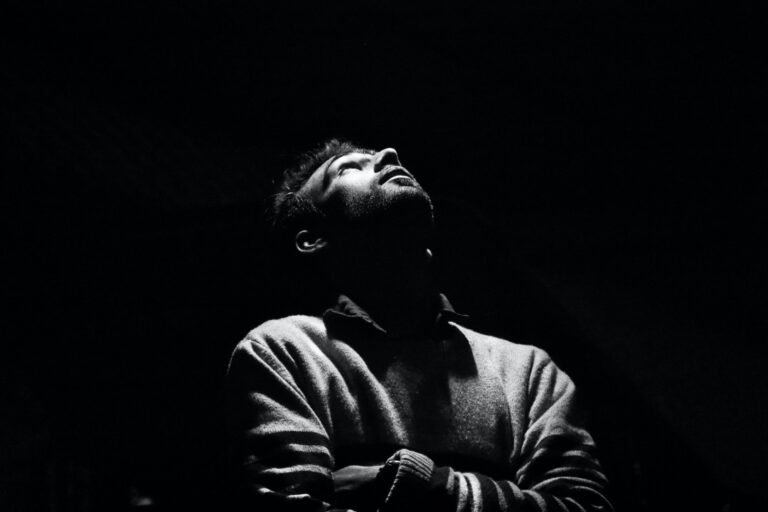
Because I read a lot about human behavior and how people can be influenced. I occasionally come across great stories from the history of experiments with regard to human behavior.
The main point of this story is that people are greatly influenced by what other people do. Psychologists call this social proof. This is especially true when things are uncertain. And especially now in this crisis due to Covid-19, this behavior is clearly visible. Social proof is an established bias already noted in a 1935 study by social psychologist Muzafer Sherif.
This example about social proof is about the street corner experiment. It is based on a study conducted in the 1960’s by psychologists Stanley Milgram, Leonard Bickman and Lawrence Berkowitz.
Stanley Milgram is more famous for his infamous Milgram experiment. In this authority’s experiment, subjects were instructed by an authority to literally deliver an increasing amount of electric shocks to a student when this student (hidden behind a wall) gives an incorrect answer to a question. More about this another time.Fortunately, the street corner experiment is more friendly in comparison.
This social experiment was conducted on the streets of New York City in 1969. It started with a man looking into the sky. The research shows that the people who walk past him do not pay attention to what the man is looking at and just keep walking. The next step was to increase the number of participants staring in the sky to 5 people. Then passers-by started to react and also look up to the sky to see what’s going on. By increasing the number of participants to 18 people, another 45% more people were added. It became clear that the bigger the audience, the bigger the audience gets.
With marketing, companies are constantly trying to influence others to do something that seems like the first time. This experiment illustrates that we need to find examples of what other people are doing and make this visible to move people into action.
A nice example is the one of a lovable brand, and I do love Apple. When Apple introduced the iPod, they knew that the iPod would of course be hidden in the user’s pocket. The big question was how could you make it clear that people with an iPod were listening to music? They did this by supplying white earplugs with each iPod. People could tell from the white earbuds that you were most likely walking around with an iPod, and this gave social proof to do something similar. In addition, the white earplugs became a ‘hype’ and contributed to the iPod revolution.
Another example is a study to investigate whether social evidence can increase the reuse of towels in hotels. 2 approaches were compared. The first was the hotel industry standard, a message that focuses on the environmental importance of reuse. The second was the message, informing that most of the other guests (75%) also reuse the towels in the interest of environmental protection. Research was carried out over a period of 80 days in a well-known national chain. Here, out of the 10% more people reused their towels with the second message. In this case it indicates again that the behavior of others can be a determining factor in guiding decision-making.
This experiment was carried out in 2008 by a group of Social Psychologists: Goldstein, Cialdini and Griskevicus. Cialdini is the Robert Cialdini, we know him for his famous book ‘influence’ where social proof is one of the 6 principles of influence that he describes in detail in his book.
To me, this story brilliantly illustrates very simple the power of social influence. It is one of the most common heuristics that we humans deal with: Do what others do.
